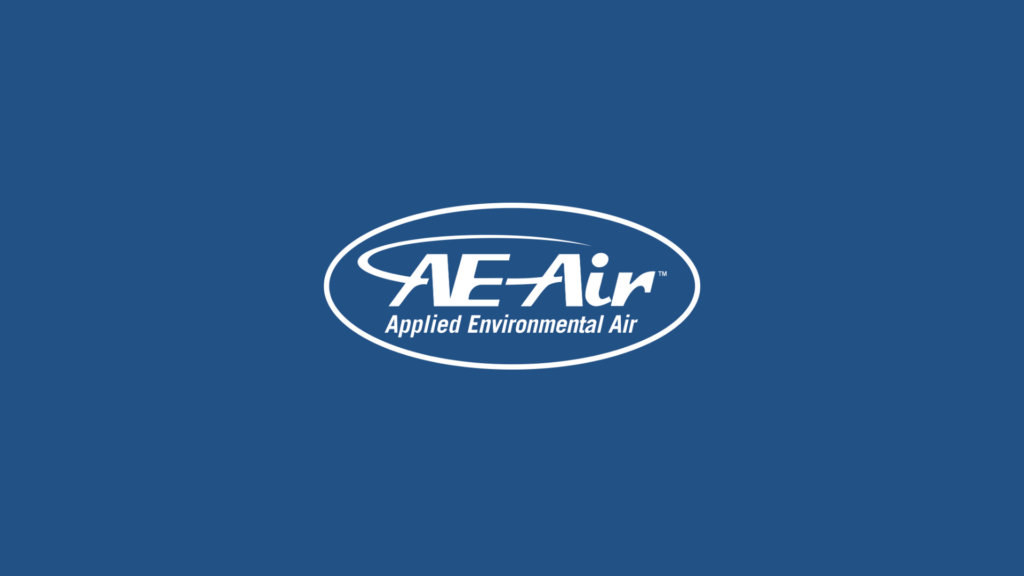Ceiling high-performance HVAC systems offer a significant boost in maintaining a comfortable environment in commercial settings. These systems, designed to efficiently manage airflow and temperature, become vital in large spaces where traditional units might fall short. They provide remarkable solutions to improve overall air quality and energy consumption, making them a preferred choice for developers, engineers, and architects. However, despite their benefits, these systems can sometimes face challenges that need addressing to run effectively.
The value these systems bring is undeniable, but understanding common issues is necessary to ensure smooth operation. Knowing what to look out for can save time, money, and frustration in the long run. If proper attention isn’t given, problems can quickly escalate, leading to decreased efficiency and even system breakdowns.
Common Issues with Ceiling High-Performance HVAC Systems
The importance of identifying potential problems early cannot be overstated. Here are some typical challenges that users face with ceiling high-performance HVAC systems:
1. Uneven Air Distribution: This is one of the more frequent issues where some parts of a room get excessively cooled or heated, while others remain uncomfortable. This disparity can affect comfort levels and lead to energy wastage.
2. Noise Concerns: While HVAC systems are designed to operate quietly, issues may arise if they start making more noise than expected. Such distractions can interfere with work productivity in commercial settings.
3. Maintenance Challenges: Regular maintenance might be overlooked due to the complexity or positioning of the systems. However, failure to conduct routine checks can lead to wear and tear that affects performance.
4. Compatibility with Existing Infrastructure: Integrating new systems into existing setups might pose challenges. Compatibility issues can hinder optimal performance and may require modifications that aren’t always straightforward.
Understanding these problems helps in planning better solutions and keeping the systems running efficiently without constant setbacks.
Solutions for Uneven Air Distribution
Addressing uneven air distribution requires a few straightforward adjustments to ensure every corner of a space enjoys the same level of comfort. One effective approach is to adjust air ducts and vents. By carefully directing airflow where needed, you can achieve a more balanced temperature throughout the room. Adding air diffusers and dampers into the system helps control this flow better, allowing you to tweak settings as necessary.
Another helpful strategy is conducting regular maintenance and cleaning of the HVAC system, which ensures that all components are functioning correctly and free of dust or obstructions. This routine upkeep plays a significant role in sustaining even airflow and prolonging the system’s efficiency.
Addressing Noise Concerns
If noise becomes a problem with your HVAC system, there are several actions to take to bring back peace and quiet to your environment. Start by implementing noise reduction techniques like using vibration pads or acoustic panels. These additions can significantly decrease the volume of unwanted sounds.
Regularly inspect and replace any worn-out components that might be contributing to the noise. Mechanical parts that have been in use for some time may wear down, leading to increased volume and rattling. Insulating HVAC ducts with materials that reduce sound can also prove beneficial in maintaining a quiet setting.
Overcoming Maintenance Challenges
Maintenance is crucial to keeping HVAC systems functioning at their best, but it doesn’t have to be a chore. Scheduling regular professional maintenance can detect problems early before they grow into larger issues. An experienced technician can provide insights and adjustments to keep the system in peak condition.
Putting together a maintenance checklist can simplify regular system upkeep. This checklist should cover routine tasks like filter changes and inspections, which can prevent potential breakdowns. Training staff for basic upkeep also empowers your team to handle minor issues promptly, further preventing the need for major repairs.
Ensuring Compatibility with Existing Infrastructure
Fitting new HVAC systems into existing infrastructure can sometimes be tricky, but careful planning can smooth over most challenges. Conduct a thorough assessment prior to installation to identify any potential compatibility issues. Understanding the current setup will inform you of necessary adjustments or upgrades.
It’s always wise to consult with HVAC experts. They can provide tailored solutions that ensure the new system works seamlessly within your existing framework. Opting for adaptable and flexible HVAC systems makes integration easier and more efficient, accommodating unique building requirements and minimizing disruption.
Efficient Strategies for System Success
By addressing common HVAC issues head-on, you create a more comfortable and efficient environment in commercial spaces. Making minor adjustments to airflow, reducing noise, and prioritizing regular maintenance can all significantly improve system performance. Remember, collaboration with experts and ongoing attention to detail ensures that your HVAC system continues to function optimally, keeping your space comfortable all year round.
Ready to optimize your HVAC systems for commercial buildings? Discover the practical solutions offered by AE Air and explore our wide range of products to ensure your commercial space remains comfortable and efficient year-round. Explore our selection of HVAC systems for commercial buildings today.

